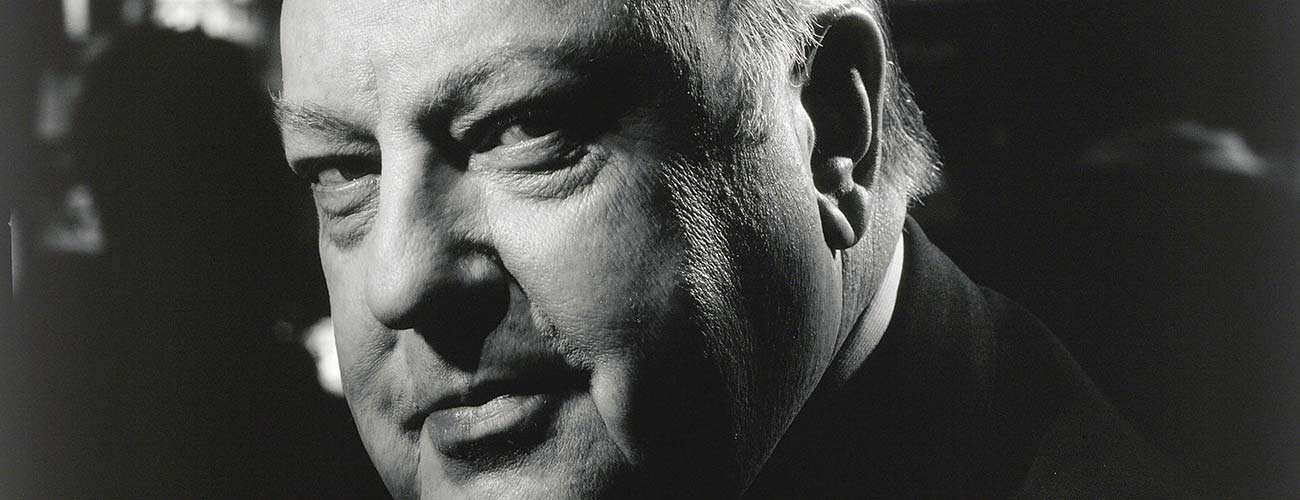Sign up for The Media Today, CJR’s daily newsletter.
The earliest mention I could find of “false balance” in news reporting appeared in a 1988 Boston Globe article, “TV Manipulation in the ’88 Campaign.” Ed Siegel, then the Globe’s television critic, traced out the dishonesty—and effectiveness—of George H.W. Bush’s presidential campaign, masterminded by Republican adviser Roger Ailes.
“It is instructive that in a year that the news media has again been dogged with the tag of ‘liberal bias,’ ” Siegel wrote, “some of its worst reportage occurs when it strives to be balanced.
“ABC’s Richard Threlkeld did a terrific job in pointing out that in a recent Bush ad on Dukakis’s opposition to missile systems, the Bush campaign lied about virtually every claim. [Threlkeld] followed that with a report on a Dukakis ad on Social Security that slightly exaggerated Bush’s stance. The probable result in many, if not most, minds was that they are both lying and are equally contemptible, even though Bush’s sins were far more flagrant than Dukakis’s.”
In a vigilant attempt to achieve “balance,” in other words, ABC had created the false impression that both sides had lied equally.
Eight more years would pass before, in 1996, Ailes and Rupert Murdoch founded Fox News. But journalism has not even begun to resolve the problem of false equivalence in political coverage. We’re still caught in the trap Ailes set.
READ: COVID-19 has changed how we report stories on the border.
But it may be that we’ve been looking at the wrong problem all along. The urgent need for accurate, reliable news during the covid-19 crisis is revealing that from the start there’s been an even deeper illusion media is obliged to preserve, even more than the illusion of objectivity. What broadcast media is really selling—literally selling, to its advertisers and to its viewers—is the illusion of stability and certainty in American life, as well as its own role as a wise, trustworthy leader within that system. Journalists are forced to protect the illusion of stability by normalizing the fraudulent tactics of Ailesism as just standard operating procedure on “the other side.” Pretending that the balance is real, that the emperor is clothed, means that everything is still basically okay in TV-land. You can keep right on buying the latest SUV, or refinancing your home.
Last Monday Rachel Maddow, MSNBC’s most popular host and reckoned to be among its most liberal, described a “shift” among “our friends and colleagues in the conservative media” in comparison with their practices when her show debuted eleven years ago: “They have become more and more their own thing.”
They were once “our legit professional rivals,” Maddow said. “They were people who were coming at the news from a very pronounced right-wing view, perhaps a very partisan, pro–Republican Party view, but at least we were all doing the same kind of work, at least we were all covering the same stuff.… But over this past decade or so, steadily, that has decreased, year after year, to the point where now, even in times this weird, conservative media is like Earth-Two…they are on a completely different planet, in terms of what the news is and what it means to cover it.”
I disagree. Eleven years ago means 2009, the first year of the Obama presidency, a year in which Fox News host Bill O’Reilly was still campaigning fiercely against an abortion doctor, George Tiller, whom he dubbed “Tiller the baby killer.” Tiller was assassinated that year. Even then, conservative news was a stew of xenophobia, race-baiting, and misogyny. Maddow’s alleged contrast is false.
National news organizations like MSNBC cannot operate effectively outside the assumption of calm, professional equanimity. Their real stock-in-trade is the impression, the conviction, that they know what is going on in the world; that is the reason viewers tune in and the basis of every ad buy. Normality. Stability, a world that is comprehensible and comprehended.
ICYMI: Pandemic coverage and information gaps
That means, among other things, that what you said yesterday must remain true today. The all-important consistency of mass media is a serial test. Look how hard it was for Maddow to change course regarding her “legit professional rivals” in conservative media.
MSNBC’s hosts shouldn’t be waiting until the president instructs the public to inject bleach to tell their viewers that the news from Earth-Two is suspect at best, and always has been.
It’s not possible to produce sober, dignified news coverage of a global crisis in which the federal government has utterly lost control. When the news itself is unstable—when leaders and institutions are crashing and flailing all around us—conventional media is with few exceptions incapable of providing an accurate picture of the facts. Faces remain composed; panelists pontificate. It is left to the viewer to go all Howard Beale, as I do regularly nowadays. I know I’m not alone.
Has America ever needed a media defender more than now? Help us by joining CJR today.



